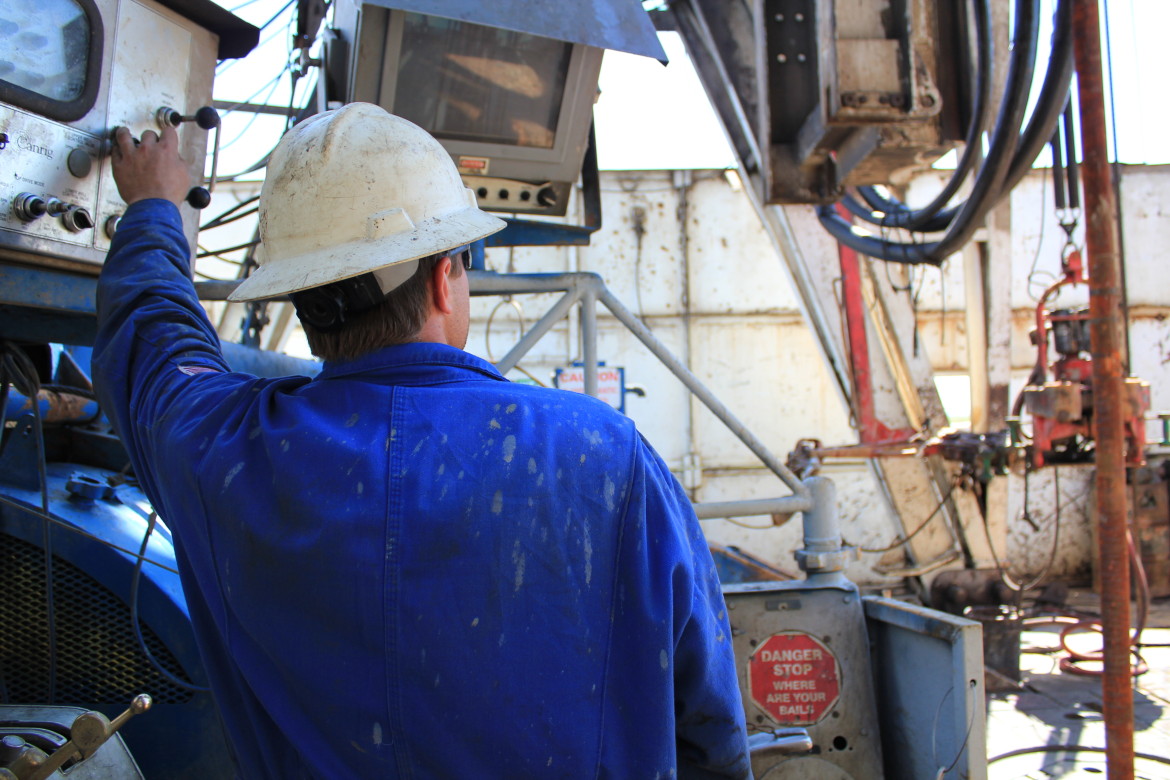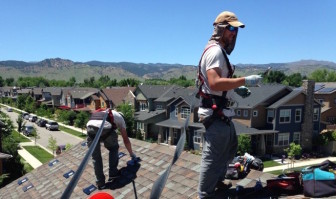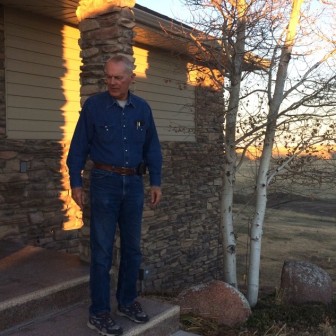2014 was the year of Inside Energy’s inception, and what a great one it’s been! In case you missed our coverage throughout the year, here’s a list of the stories that our audience – people like you – enjoyed most in 2014. Click on the images for the original stories.
Dark Side Of The Boom: What Makes North Dakota Oil And Gas So Dangerous?
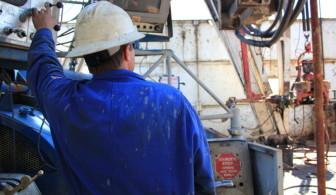 Part two in our series Dark Side Of The Boom was based on original data analysis of state fatality rates in the oil and gas industry. We found that North Dakota is the most unsafe state in the country for oil and gas workers. Emily Guerin explores why North Dakota is so dangerous, and what Governor Jack Dalrymple is planning to do to make it safer.
Part two in our series Dark Side Of The Boom was based on original data analysis of state fatality rates in the oil and gas industry. We found that North Dakota is the most unsafe state in the country for oil and gas workers. Emily Guerin explores why North Dakota is so dangerous, and what Governor Jack Dalrymple is planning to do to make it safer.
The Solar Challenge: Utilities Push Back on Rooftop Solar
The cost of solar is falling rapidly – down 60 percent in just the last three years. Good for the environment and good for your pocketbook – but, reporter Dan Boyce found, many traditional utilities are worried about what this trend could do to their business model. Our series The Solar Challenge explored how solar power is changing the way electricity is delivered in the U.S.
IE Questions: Where is the Bottom of the Oil Barrel Price Fall?
Oil production hinges on one big assumption: Companies that extract oil can make money. When does that stop being true? This was one of the more popular stories in our weekly series IE Questions – in which our readers ask their energy questions, and we get to work finding the answers. In the whirlwind of the oil price falls of 2014, media and industry across the U.S. were quoting a wide variety of break-even prices for the industry. Data Journalist Jordan Wirfs-Brock went to work sorting through the chaos in search of any consensus, and the deeper meaning.
Will Wind Power Storage Be a Game Changer?
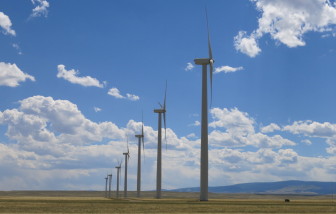 Another massive, costly project is in the works to carry Wyoming wind to the West Coast. A renewable resource from Wyoming, stored in a series of salt caverns in Utah, all for the use of Californians on a hot summer day. Leigh Paterson reports on the complicated, lengthy and expensive process of building big wind.
Another massive, costly project is in the works to carry Wyoming wind to the West Coast. A renewable resource from Wyoming, stored in a series of salt caverns in Utah, all for the use of Californians on a hot summer day. Leigh Paterson reports on the complicated, lengthy and expensive process of building big wind.
Relationships 101: Oil And Gas Looks For A Social License To Operate
Conflict over oil and gas drilling has escalated across the country in recent years, resulting in protests and bans from New York to Texas. The industry recognizes it has a problem, but is divided over how to approach it. Stephanie Joyce reports that some companies are borrowing an idea from the international mining sector, called ‘social license to operate,’ in which communities affected by operations are consulted prior to breaking ground. Perhaps an inevitable, albeit bitter, pill for the oil and gas industry.
Power Outages On The Rise Across The U.S.
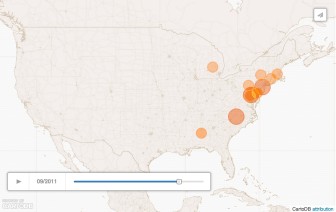 Between 2000 and 2014, the number of reported power outages – including weather-related outages – rose across the entire country. Why? An aging infrastructure, combined with a growing population and more frequent extreme weather, are straining the electric grid. Jordan Wirfs-Brock created a map that shows the acceleration of power outages across the U.S. over the last fifteen years.
Between 2000 and 2014, the number of reported power outages – including weather-related outages – rose across the entire country. Why? An aging infrastructure, combined with a growing population and more frequent extreme weather, are straining the electric grid. Jordan Wirfs-Brock created a map that shows the acceleration of power outages across the U.S. over the last fifteen years.
Women In The Oil Patch: Unsafe, Or Just Uncomfortable?
Boom towns have never been friendly places for women. After all, they are inhabited primarily by young men who go there in droves looking for jobs. But are they unsafe, or just uncomfortable? Emily Guerin reports directly from the oil patch, where she moved in 2014 to cover the boom for Inside Energy. Women pass around stun guns and pepper spray while discussing safety perceptions at a home sales party for self defense products.
